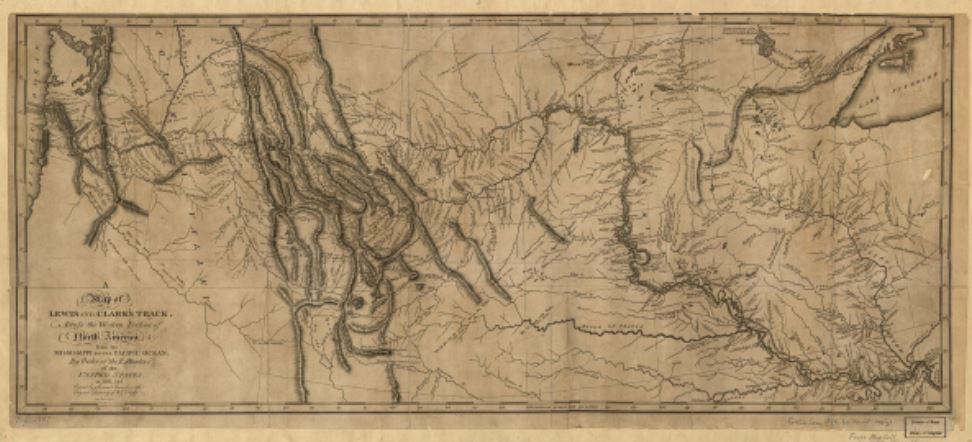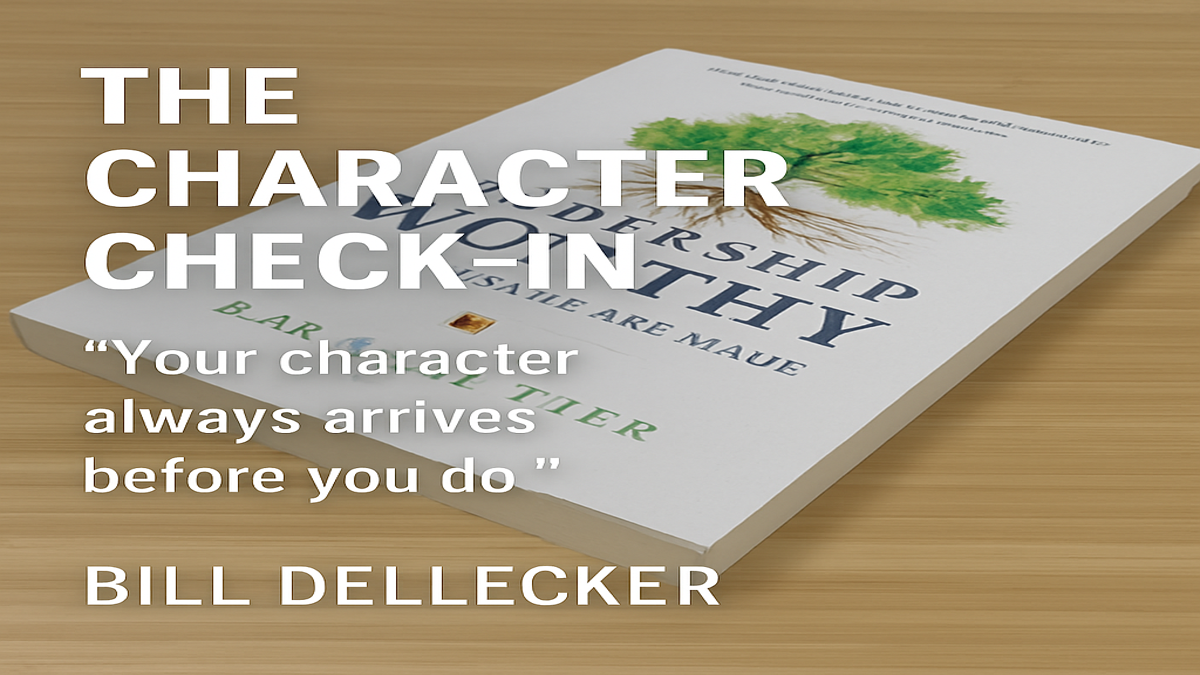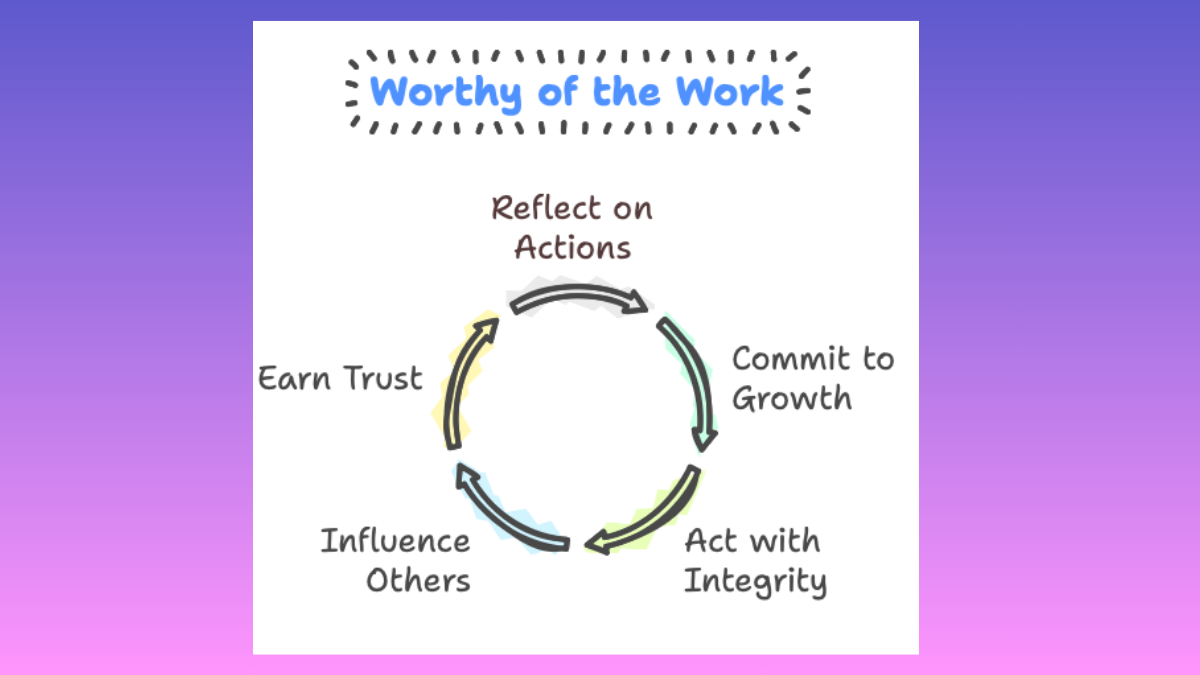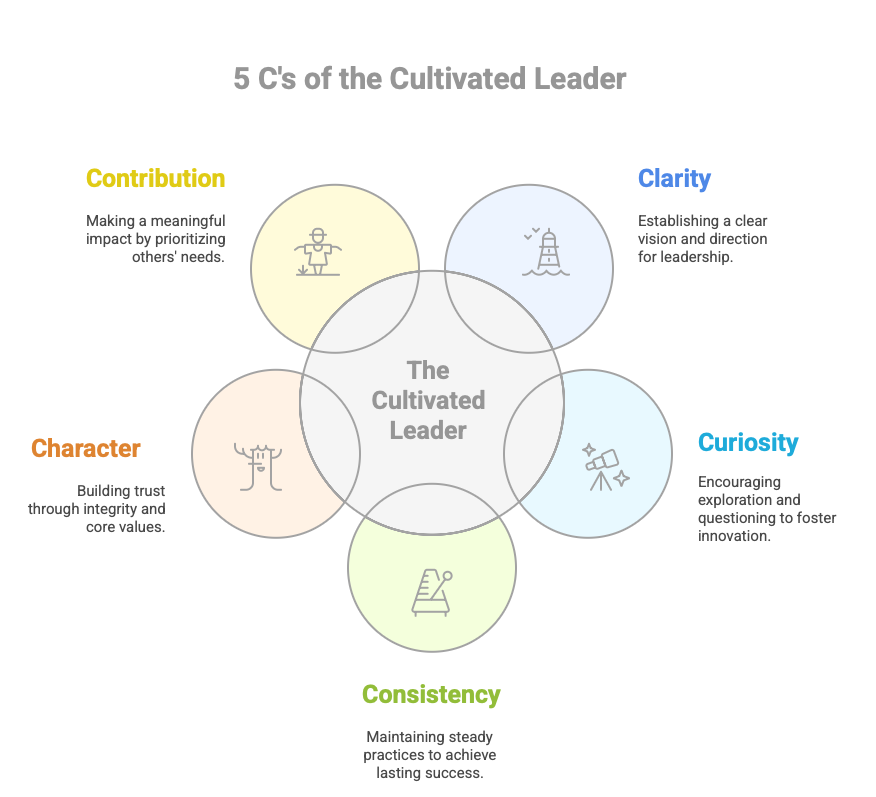Map Magic
I love maps. Detailed maps. Colorful maps. Especially topographical maps that show terrain along with highlighting important geographic points. Until fairly recently, you needed to have a map, a paper one, in order to plot your destination. I’ve relied upon them for everything from planning family road trips, to exploring new cities, to navigating waterways. I would study them at great length before embarking on any journey.
Then everything changed. GPS technology moved from military applications to mainstream. GPS is fascinating, almost magical, to me. It not only identifies your location, but plots your course to virtually anywhere and directs you with voice prompts from “Gladys”, as I’ve named her. I’ve come to rely upon Gladys as so many of us do, although I occasionally disagree with her directions.
The advent of GPS has, somewhat sadly I think, taken the thought process out of much travel. You simply need to plug in your destination and follow the directions; it can become rather mindless. That’s fine as long as you have a signal, of course! Then you are up the proverbial creek if you don’t already have your bearings.
The magic of maps is that they rely upon two key inputs: a) your location; b) your destination. A simple road map is one thing; with a few highlighted lines and planned turns, you arrive at your destination. The parallel with business is that it also requires understanding where you are and the desired destination; that’s the company’s “Vision”. Getting there requires a virtual set of complex topographical maps, since the business landscape is constantly shifting. There are mountains, valleys, rivers and countless road options. The business planning process provides the insights required to guide the journey.
In a business sense, available “maps” seem more like those used by the early explorers. The world close by is fairly well known, but the farther away you get the more vague the detail. It unfolds before you and you document it as you travel; that makes the journey easier for those who follow, but doesn’t help much at the time. It’s a bit like the Lewis and Clark expedition. There’s no electronic GPS for business navigation!
The benefits of GPS are quickly apparent to anyone who has used the technology. There is no substitute for understanding basic map-reading and compass navigation skills, however, if you want to plan a successful business journey. Those basic skills come in quite handy and create true Map Magic. Enjoy the journey!
Then everything changed. GPS technology moved from military applications to mainstream. GPS is fascinating, almost magical, to me. It not only identifies your location, but plots your course to virtually anywhere and directs you with voice prompts from “Gladys”, as I’ve named her. I’ve come to rely upon Gladys as so many of us do, although I occasionally disagree with her directions.
The advent of GPS has, somewhat sadly I think, taken the thought process out of much travel. You simply need to plug in your destination and follow the directions; it can become rather mindless. That’s fine as long as you have a signal, of course! Then you are up the proverbial creek if you don’t already have your bearings.
The magic of maps is that they rely upon two key inputs: a) your location; b) your destination. A simple road map is one thing; with a few highlighted lines and planned turns, you arrive at your destination. The parallel with business is that it also requires understanding where you are and the desired destination; that’s the company’s “Vision”. Getting there requires a virtual set of complex topographical maps, since the business landscape is constantly shifting. There are mountains, valleys, rivers and countless road options. The business planning process provides the insights required to guide the journey.
In a business sense, available “maps” seem more like those used by the early explorers. The world close by is fairly well known, but the farther away you get the more vague the detail. It unfolds before you and you document it as you travel; that makes the journey easier for those who follow, but doesn’t help much at the time. It’s a bit like the Lewis and Clark expedition. There’s no electronic GPS for business navigation!
The benefits of GPS are quickly apparent to anyone who has used the technology. There is no substitute for understanding basic map-reading and compass navigation skills, however, if you want to plan a successful business journey. Those basic skills come in quite handy and create true Map Magic. Enjoy the journey!






